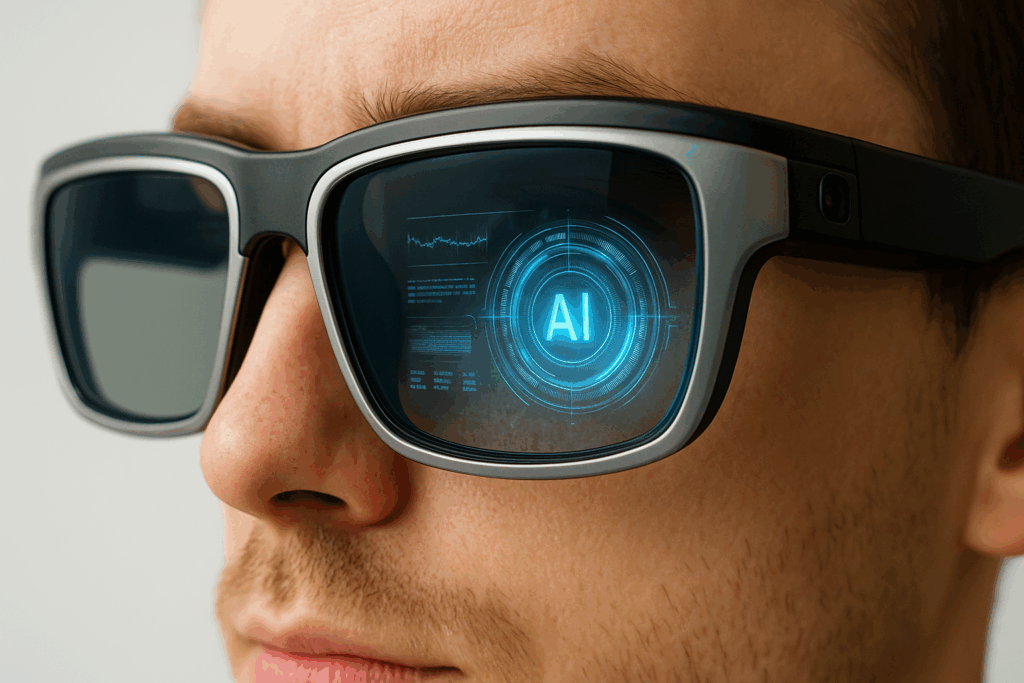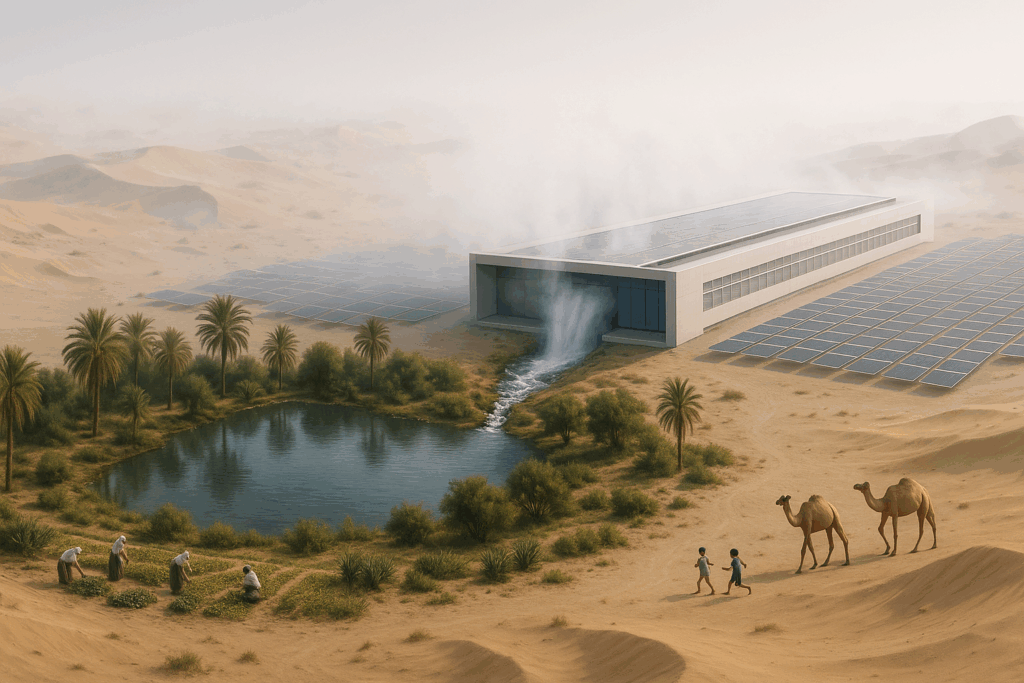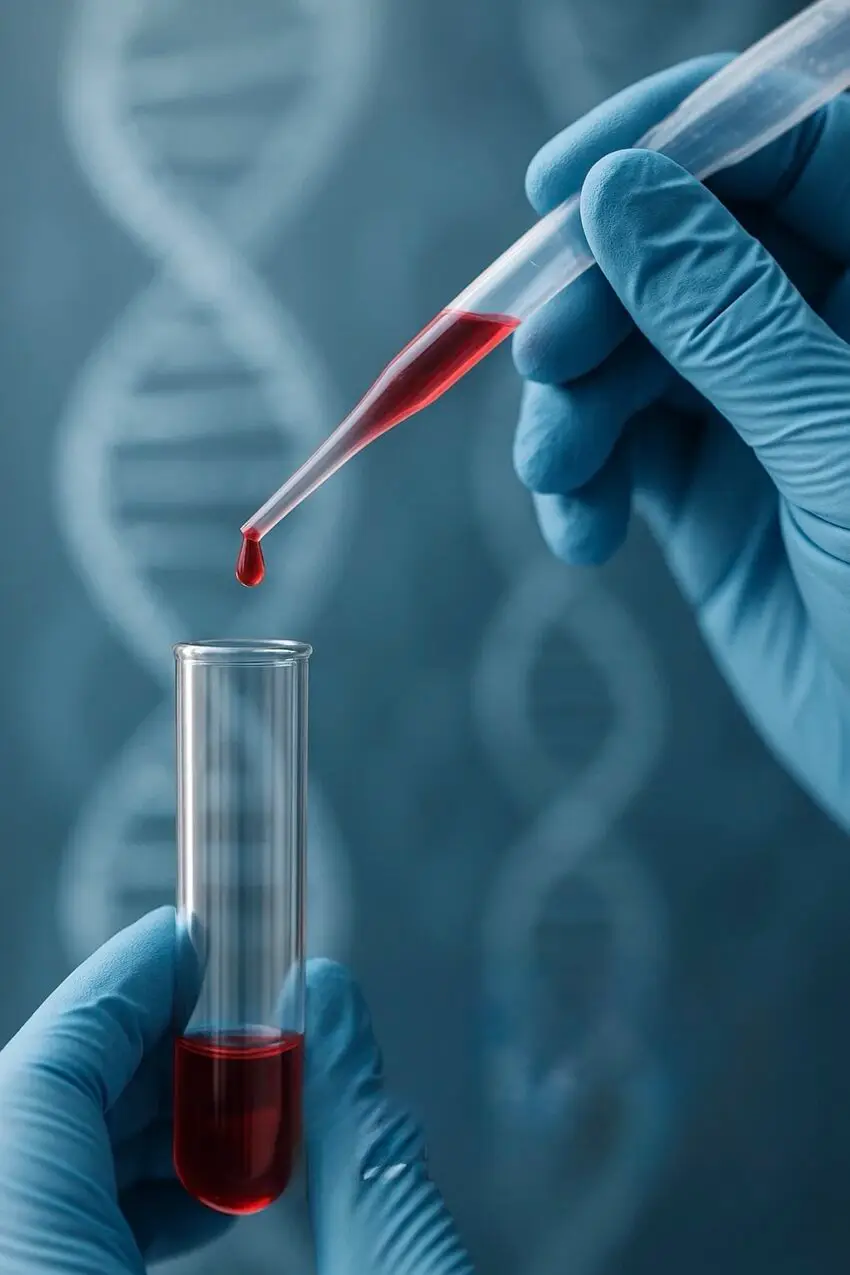Over the last five years, we’ve entered a phase of invention that goes far beyond incremental upgrades. This new wave of innovation is foundational. Instead of giving us slightly better smartphones or faster processors, it’s redefining core capabilities across fields like medicine, energy, quantum computing, materials science, and climate tech.
These are not just improvements — they are game changers that will open up entirely new industries, shift global competition, and redefine what’s possible in the next decade.
We are witnessing the early stages of inventions that may become as impactful as the internet, smartphones, or electric vehicles were in previous decades.
Why This List Was Created
This list gathers what I believe are the 10 most important inventions from 2021 to 2025, based on how likely they are to:
- Enable entirely new categories of products
- Change the economics of existing markets
- Solve critical global challenges (climate, health, connectivity)
- Act as launchpads for future innovation
Many of these inventions are still in early stages — but that’s exactly when the most strategic opportunities emerge. Entrepreneurs, researchers, investors, and technologists who understand these early signals will be better prepared to lead or adapt to the seismic changes ahead.
The List: 10 Breakthrough Inventions (2021–2025)
Wireless Brain-Computer Interfaces (2021) – Brown University
Historical Context: BCI technology has existed since 1999, but early versions required wired connections, limiting usability.
Breakthrough: In 2021, Brown University developed the first wireless intracortical BCI, enabling untethered brain signal transmission, paving the way for fully implantable BCIs that could revolutionize assistive technology and neuroprosthetics.
Most Advanced Competitors: Neuralink, Synchron, Kernel, Blackrock Neurotech.
AI-Powered Drug Discovery (2023) – AI-driven platforms
Historical Context: Traditional drug discovery relied on trial-and-error methods, often taking years or even decades to develop new medicines.
Breakthrough: In 2023, AI-driven platforms revolutionized medicine development, accelerating new treatments for diseases like rare genetic disorders and complex cancers by predicting the most effective molecular compounds.
Most Advanced Competitors: Insilico Medicine, DeepMind (AlphaFold), BenevolentAI, Recursion Pharmaceuticals.
Apple Smart Glasses AI Chip (2025) – Apple
Historical Context: Early smart glasses (like Google Glass) had short battery life, poor display quality, and weak AI processing.
Breakthrough: In 2025, Apple developed a custom AI chip optimized for low power consumption, multi-camera processing, and real-time augmented reality (AR), expected to power Apple’s upcoming smart glasses in competition with Ray-Ban Meta.
Most Advanced Competitors: Meta (Ray-Ban Meta AI Chip), Qualcomm Snapdragon XR2 Gen 2, Xreal X1 Chip, Google Tensor Chip.

Betavolt Battery (2024) – Betavolt Technology (China)
Historical Context: Nuclear batteries were large and inefficient, preventing widespread use in consumer electronics.
Breakthrough: In 2024, Betavolt Technology (China) introduced a compact nuclear battery that lasts 100 years, transforming the smartphone, wearable, and IoT device market.
Most Advanced Competitors: No direct competition – this is a new invention.
Carbon Removal from Seawater (2023) – University of California
Historical Context: Most carbon capture technologies focused on removing CO₂ from the air, rather than from the ocean.
Breakthrough: In 2023, University of California researchers developed a novel method to extract carbon from seawater, helping combat climate change and reduce ocean acidification.
Most Advanced Competitors: Climeworks (air-based carbon capture), Carbon Engineering, Project Vesta (ocean-based carbon capture).
CRISPR-Based Gene Therapy (2023) – Biotech firms
Historical Context: CRISPR gene-editing was first demonstrated in 2012, but early versions had limited precision and raised ethical concerns.
Breakthrough: In 2023, biotech firms developed high-precision CRISPR therapies, allowing targeted treatment of genetic disorders and cancer while minimizing unintended gene modifications.
Most Advanced Competitors: Editas Medicine, CRISPR Therapeutics, Intellia Therapeutics, Beam Therapeutics.
High Voltage Fog Collection (2022) – MIT
Historical Context: Fog collection has been used for centuries, but traditional methods had low efficiency, limiting water production.
Breakthrough: In 2022, MIT researchers developed a high-voltage fog collection system, drastically improving water harvesting for arid regions and desert communities.
Most Advanced Competitors: No direct competition – this is a new invention.

Majorana 1 Quantum Chip (2023) – Dutch researchers
Historical Context: Quantum computing has existed since the 1980s, but qubit stability was a major challenge, slowing scalability.
Breakthrough: In 2023, Dutch researchers developed the Majorana 1 chip, using Majorana particles to create more stable and scalable quantum processors, revolutionizing quantum computing.
Most Advanced Competitors: IBM (Eagle & Condor chips), Google (Sycamore chip), Intel (Tunnel Falls chip), PsiQuantum.
Oppo Zero-Power Tag (2024) – Oppo
Historical Context: Tracking tags like RFID and NFC required external power sources or frequent battery replacement.
Breakthrough: In 2024, Oppo introduced the Zero-Power Tag, a battery-free tracking device that harvests ambient energy, eliminating charging needs while improving supply chain tracking and smart packaging solutions.
Most Advanced Competitors: No direct competition – this is a new invention.
Self-Healing Materials (2022) – Scientists developing polymers
Historical Context: Early self-healing materials were slow and limited in functionality, restricting their use in consumer products and medical applications.
Breakthrough: In 2022, scientists developed advanced self-healing polymers, allowing materials to repair themselves, extending the lifespan of electronics, infrastructure, and medical implants.
Most Advanced Competitors: No direct competition – this is a new invention.
Market Shifts on the Horizon
Every one of these inventions is more than just a technological milestone — it represents a market opportunity. The next generation of global startups, unicorns, and category leaders will be built on the foundations laid by these breakthroughs.
This blog post was written with the assistance of Copilot and ChatGPT, based on ideas and insights from Edgar Khachatryan. Pictures generated by Sora, Copilot and ChatGPT
